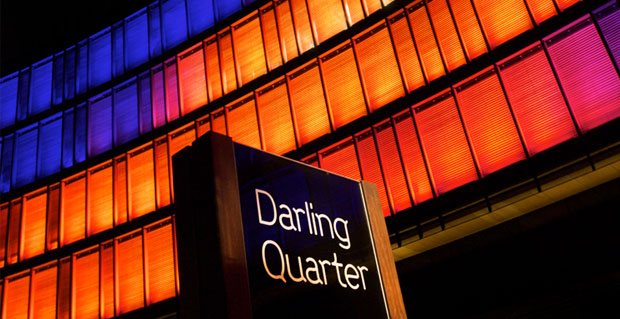Lighting has always been an important aspect of architecture. Early examples are the torches and oil lamps used in the buildings of the ancient world.
For modern architects, the latest and best external and internal illumination comes from LED lights.
Today, buildings must aspire to be low energy and environmentally-friendly. LED lights fit the bill perfectly. LED light bulbs are low energy, and yet produce more brightness per watt than any other bulb. They do not contain toxic mercury vapour – unlike low-energy CFL bulbs. And each LED bulb lasts for around 50,000 hours, reducing building maintenance costs.
What’s more, LED light bulbs lights are flexible. They open up new creative possibilities. As a result, architects and lighting engineers are using LED light bulbs around the world to remarkable effect.
LED lights and Tower Bridge
In 2012, Tower Bridge featured in media reports as a symbol of London during the Olympics. Once night fell, LED lights illuminated the bridge, replacing the traditional static floodlights and cutting the electricity bill by 40%.
LED lights on the Montparnasse Tower
For some time, the Montparnasse Tower in Paris endured criticism for being one of the world’s most unattractive buildings. To help answer the critics, the Parisian authorities decided to replace the exterior lighting.
Philips used LED lights to create a low-energy system to enhance the building’s appeal. These lights change to match the seasons. The Montparnasse Tower is now an appealing part of the Parisian landscape.
The Empire State Building’s new LED lights
Like Tower Bridge, New York’s Empire State Building is a landmark recognised by people everywhere. In keeping with this status, the building has a comprehensive external lighting system. Previously, the bulbs were just white, and the only way engineers could create a coloured pattern for the building was to place gels on the lamp fittings.
LED lights have solved this problem. The Empire State Building now has one of the most advanced LED lighting systems available. The LED light bulbs enable lighting engineers to bathe the building in a striking array of colours.
LED lights on Switzerland’s Hurdbrücke Bridge
The Hurdbrücke Bridge in Zurich holds one of the busiest roads in Switzerland. The Swiss authorities though, were unhappy with the cost of the lighting, and the amount of light pollution affecting the surrounding areas.
LED lights now illuminate the road, and adorn the underside of the bridge. The quality of light is much better than before; the LED light bulbs have curtailed light pollution; and energy costs have dropped significantly. The lights have also improved the appearance of a bridge used by tens of thousands of people each day.
LED lights and Luminous
The Darling Harbour authorities in Sydney wanted a feature to encourage visitors and improve local trade. The result is Luminous, the biggest interactive lighting system in the world.
Luminous uses LED lights. Each window of two buildings in Darling Harbour has independent, colour-changing LED light bulbs. A computer controls the lights to create pictures across the buildings. The effect is similar to the way individual pixels combine to produce images on a TV or computer monitor.
Visitors can use smartphones to connect with the Luminous computer. In this way, the LED light bulbs provide an interactive experience between people, lighting and architecture.
Date: December 6, 2012
Tags: led leds lights new
Lighting has always been an important aspect of architecture. Early examples are the torches and oil lamps used in the buildings of the ancient world.




